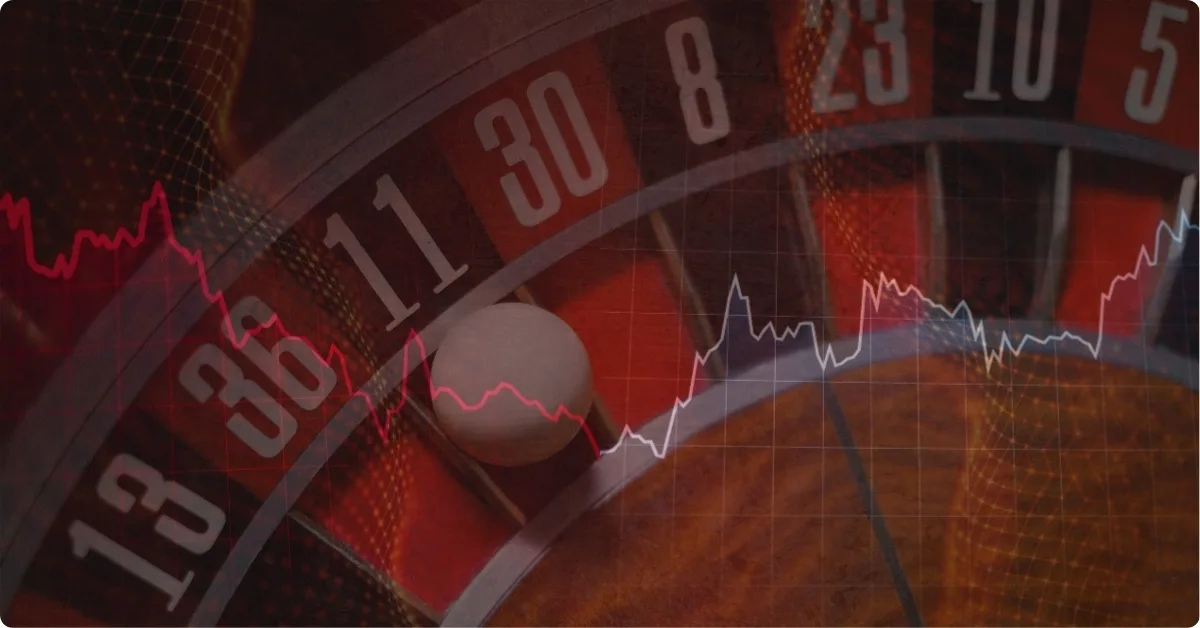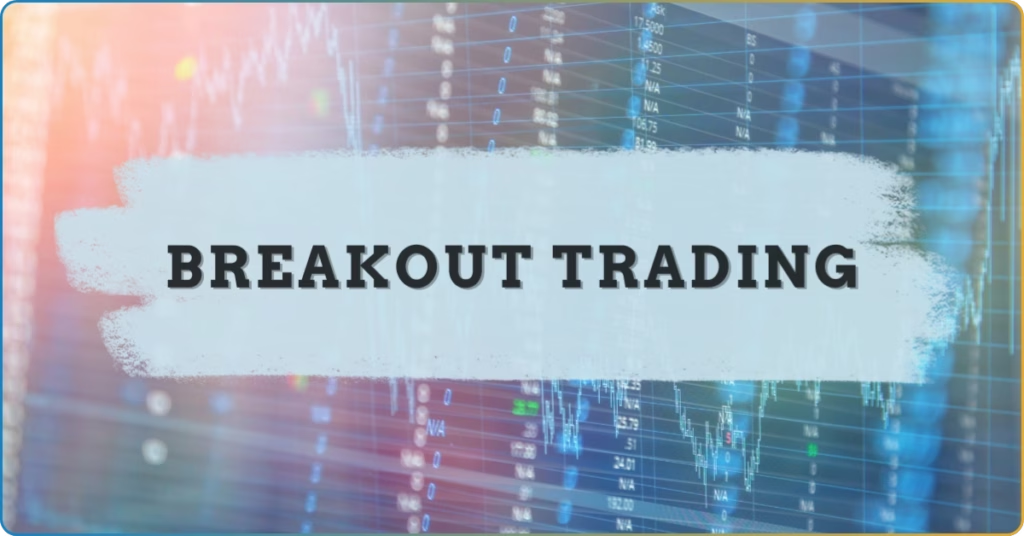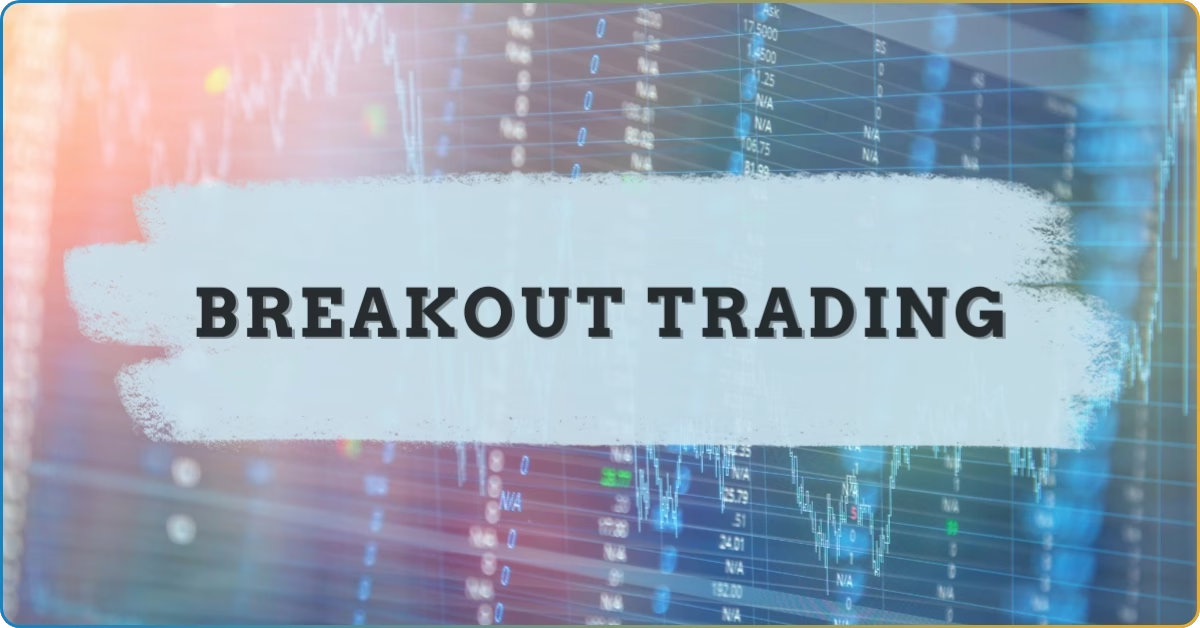‘Every battle is won before it is fought‘
Forex trading works this way – every aspect of your trade should be strategized even before you enter the market. That includes your trade’s capital, asset, entry and exit points, position sizes.
One strategy that garners extreme sentiments from the market is the Martingale strategy.
Briefly, Martingale strategy in forex involves increasing your lot sizes following a loss. Doing so allows you to recoup previous losses because of reduced break-ever price.
However, this strategy evokes traders’ overconfidence – often blurring the line between calculated investestment to gut-based gambling. Always remember that the financial markets are dynamic, so your system, including position sizing, should be adaptable to the market’s environment.
This TRU Insight explores the basics of the Martingale trading strategy and the criticisms that revolve around it.
Exploring the Martingale System in Investing
Many investors embrace the high risk, high reward mantra.

This mentality contributes to the wide-spread of game of chances-based trading strategies. One example of this is the Martingale trading strategy.
Derived from sports betting, Martingale follows the idea that you’ll eventually run at profit by consistently executing a trade. Additionally, progressively increasing the lot sizes would make you profit enough to cover all the previous trades’ losses with sufficient returns.
Note:
This strategy doesn’t suggest that your next trade after a loss will gain. Rather, it proposes that with enough time, your account will run at profit and that winning trade will be enough to cover all the previous losses.
Meanwhile, conservative traders unconvinced – even distrustful – because of the significant risks involved in the highly speculative strategy.
For them, implementing this trading strategy defeats the principle of trading: Taking calculated risks at all times.
Understanding the Fundamentals of Martingale
Despite its highly speculative nature, the Martingale trading strategy has a promising origin.
Incepted by the French mathematician Paul Pierre Levy, Martingale’s core follows a strategic approach to ensure loss recovery.
By consistently increasing the wagered money by twofold after every loss, your account will eventually profit – enough to cover the prior losses with a bonus.
The strategy involves the idea that the market will eventually move in your favor, yielding you a return after your losing streak.
Deeper Look into Martingale Strategy in Betting
The Martingale strategy originated in 18th-century France as a betting approach for simple, high-probability games, like coin flips.

In betting, the system assumes an equal probability of losing and winning with each bet, making it straightforward to double down after each loss to recover previous losses.
How the Martingale Strategy Works in Betting
In its simplest form, the Martingale strategy involves the following steps:
- Place an Initial Bet: Start with a small initial bet on a 50/50 outcome (e.g., black or red in roulette).
- Double the Bet After Every Loss: If you lose, double your bet for the next round. This adjustment theoretically covers previous losses and yields a small profit if you eventually win.
- Repeat Until a Win: Continue doubling down until a win occurs, at which point all losses are covered, plus a small net gain.
For example, let’s say a bettor places an initial $10 bet and loses. According to the Martingale strategy, they would place a $20 bet, then $40, $80, and so forth until they win. When a win finally occurs, the bettor recovers all prior losses and makes a profit equal to the initial $10 bet.
Psychology Behind Martingale in Betting
The appeal of the Martingale strategy is rooted in the gambler’s fallacy—the belief that after a series of losses, a win is due.
Bettors using the martingale strategy feel they’re on the brink of a win, convincing themselves that their luck will eventually turn. This cognitive bias drives players to persist in doubling down, believing that each loss brings them closer to a win.
Another psychological factor at play is recency bias, where bettors assume recent losses increase the likelihood of a future win.
However, each outcome is independent in games of chance, and no amount of doubling can influence the odds of the next outcome.
Implementing the Martingale Strategy in Trading
Cunningly, the Martingale system is a forex trading strategy aimed at managing risks by taking a significant amount of risk.
This strategy can be applied to any financial market, whether that be the forex, crypto, or stock market, as long as a trader can hope for two probable outcomes.
Again, this is derived from the probability theory, which expects two outcomes. In betting, it’s winning or losing, while in trading, it’s taking two positions – buying (long) or selling (short).

If your long position has been on a losing streak, you keep executing the same position but doubling up the lot size as you progress. This allows you to recover your lost capital once you win.
However, with high amount of investment at risk, this poses your investment from significant risk, not just from the market but from your own psychology.
When using this, ensure that you have enough capital to sustain this long-term strategy.
Pyramiding vs. Martingale
Both pyramiding and martingale suggest the same principle of doubling down the lot size every after trade.
However, the difference between the two is that the position size is increased after a win. Also known as the anti-Martingale strategy, pyramiding contradicts the concept of Martingale in which you will double up position size after every losses to recoup all the losses.
Pyramiding follows the idea that if it works, it will work again.
Reversing vs. Martingale
Reversing is the exact opposite of Martingale.
Like Martingale, reversing strategy also involves doubling down a position size. However, the difference between the two lies in taking different trade directions relative to the previous one.
Real-Life Examples of the Martingale Strategy
Let’s look at how the Martingale strategy would play out in a real-life trading scenario.
The example assumes a trader is taking short positions in the EUR/USD currency pair (betting on prices going down), but the market isn’t consistently in their favor.
| EUR/USD | Lots | Average or Break-Even Price | Accumulated Loss | Break-Even Move |
| 1.2500 | 1 | 1.2500 | $0 | 0 pips |
| 1.2520 | 2 | 1.2513 | -$200 | +13 pips |
| 1.2540 | 4 | 1.2528 | -$600 | +12 pips |
| 1.2560 | 8 | 1.2544 | -$1,400 | +16 pips |
| 1.2580 | 16 | 1.2561 | -$3,000 | +19 pips |
| 1.2565 | 32 | 1.2565 | $0 | Break-even |
Initial Trade (1 Lot)
The trader starts by shorting 1 lot of EUR/USD at 1.2500, expecting the price to fall. There are no accumulated losses at this point, and the break-even price is at 1.2500.
Second Trade (2 Lots):
The market moves against the trader, rising to 1.2520. The trader doubles the position size to 2 lots, aiming to bring the break-even price closer to the current price.
The new break-even price is adjusted to 1.2513. The accumulated loss on the first position is now -$200, and the trader needs a price movement of +13 pips to reach break-even.
Third Trade (4 Lots):
The price moves further against the trader to 1.2540. The trader again doubles the position size to 4 lots, which brings the break-even price to 1.2528.
The accumulated loss now stands at -$600, and the trader requires a +12 pip move for break-even.
Fourth Trade (8 Lots):
The price continues upward to 1.2560, increasing the accumulated losses to -$1,400. The trader doubles the position size to 8 lots, lowering the break-even price to 1.2544.
To recover losses, the trader now needs a +16 pip move to break even.
Fifth Trade (16 Lots):
The price rises to 1.2580, further increasing the accumulated loss to -$3,000. Doubling the position size to 16 lots brings the break-even price down to 1.2561.
The trader requires a +19 pip downward move to reach break-even.
Final Trade (32 Lots):
Finally, the market reverses and drops to 1.2565. The trader doubles their position size to 32 lots, lowering the break-even price to 1.2565, which matches the market price.
At this level, the trader breaks even, recovering all prior losses without taking a net loss nor profit.
Critiquing the Drawbacks of the Martingale System
What happens when your trade becomes highly speculative? You blur the line that sets trading apart from gambling.
The Martingale system is polarizing, often criticized for its high-risk nature. By requiring traders to double their position size after each loss, this strategy poses significant risk to traders.
Speculative Nature
In theory, the strategy depends on the assumption that the market will eventually move in the trader’s favor.
However, in forex, market trends can persist for extended periods, making it possible for a trader to exhaust their capital without seeing a reversal.
Emotional Strain
Doubling down repeatedly can be psychologically draining.
Traders often find themselves holding increasingly large positions, which raises stress and the potential for emotional decision-making.
Capital Requirements
The strategy assumes that you have unlimited capital, but most traders don’t.
A string of losses can deplete a trading account rapidly, especially if the trader lacks adequate funds to maintain the Martingale system over time.
High Transaction Costs
The increased trade volume of the Martingale approach can lead to high costs in terms of spreads and commissions. As position sizes increase, so do these costs.
This can further reduce the overall profitability of the trader. Ultimately, the amount recovered in the Martingale strategy is only the trade value – not the transaction costs like spread and commission fees you’ll pay each time you open a trade.
Blurred Lines with Gambling
Many traders view the Martingale approach as similar to gambling because it relies on the probability of eventual success rather than sound market analysis.
This can undermine the core principles of strategic trading, such as discipline and risk management.
Analyzing the Profitability of the Martingale System
The allure of the Martingale strategy lies in its promise of high returns, but profitability depends heavily on market conditions and the trader’s capital reserves.
Market Reversals
In markets with frequent price fluctuations or clear reversals, the Martingale strategy can sometimes lead to profitability.
For example, if a trader experiences a winning trade after only a few losses, the return could be enough to cover previous losses and secure a profit.
Extended Trends
In trending markets, however, Martingale can be devastating.
For instance, if the market moves consistently against the trader’s position for an extended period, the strategy’s effectiveness collapses as capital is quickly depleted, and the risk of account liquidation rises.
Risk vs. Reward
The Martingale strategy can yield high profits if successful, but the risk of ruin—especially in highly volatile forex markets—may outweigh potential rewards.
Traders need to carefully weigh whether the potential for recouping losses justifies the risk of massive drawdowns or even a complete account wipeout.
Martingale System: A Comparative Look at Forex and Casinos

The Martingale strategy’s roots trace back to casino betting, particularly in games like roulette, where the “doubling down” principle is applied in the hope that a loss streak will eventually end. Here’s a comparison between its use in casinos and forex:
In Casinos
When betting on black or red in roulette, the Martingale strategy is based on a fixed probability of around 50% for each outcome, making it somewhat predictable. However, the possibility of hitting a long streak of losses remains, which can quickly exhaust a bettor’s bankroll due to the exponential increase in bets.
In Forex Markets
Unlike casino games, forex trading doesn’t operate on fixed probabilities. Market trends, geopolitical events, and economic data can all influence forex prices, making outcomes less predictable. The lack of consistent probabilities adds to the complexity and risk, as traders can’t rely on a straightforward 50/50 outcome.
While casinos have set limits that can stop a bettor from endlessly doubling down, forex has no such limits—meaning traders can keep doubling their positions until their capital is entirely depleted.
Identifying Factors Leading to Martingale Strategy Failure
The Martingale strategy may fail for several reasons, often stemming from the following factors:
Inadequate Capital
Without sufficient funds to sustain multiple rounds of doubling down, traders risk running out of money before they can recoup losses.
Lack of Market Reversals
If the market trend continues in the opposite direction of the trade, losses compound, and the trader’s equity is further depleted.
Emotional Decision-Making
Under pressure, traders might fail to make sound decisions, either by abandoning the strategy at a loss or making excessive trades that exacerbate losses.
Unpredictable Forex Movements
Unlike fixed-odds betting, forex trading is influenced by economic events and market sentiment. These factors add uncertainty, making the Martingale strategy less reliable in forex than in a controlled casino environment.
The Bottom Line
While the Martingale strategy may seem appealing for its straightforward approach to loss recovery, it carries significant risks.
In theory, doubling down offers a way to recoup losses, but in practice, forex markets are too unpredictable for the strategy to guarantee profitability.
Traders using Martingale must have substantial capital, ironclad emotional discipline, and a thorough understanding of market conditions. For most, the strategy is simply too speculative, often blurring the line between gambling and disciplined trading.
If you’re considering using Martingale, evaluate whether the potential rewards truly outweigh the high risks—otherwise, a more conservative strategy may better suit your trading goals.

















